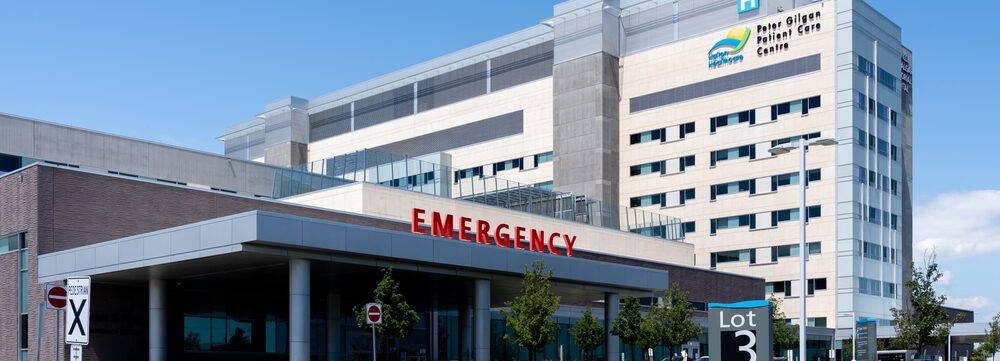Blog
MOB Designs in Healthcare Projects

Each building for healthcare design is different, so what MOB design do you use in your healthcare project? Below are some types to make this decision easier. Continue reading or click here for the highlights.
Basic of MOBs
MOBs are tenant-based office buildings exclusive to healthcare-related practices. Because the design and construction of office buildings are historically shepherded by developers, who approach design and construction with a critical eye on cost and value, there’s often an implied sense of economy, even frugality, when discussing a MOB. (Source)
Additionally, the complexity of care administered in outpatient facilities as well as the understanding of patients receiving care in these facilities is increasing. This further impacts the performance requirements expected of a MOB. (Source)
Each MOB project presents a unique set of circumstances, including state and local codes and specific regulations that will impact planning and design. What satisfies one Authority Having Jurisdiction (AHJ) may not satisfy another. Distinguishing among what is required by code or other regulatory agencies, what is best practices and preferred (from a quality, safety, or engineered systems perspective), and what is elective or “nice to have” is critical to defining a project’s scope and budget. (Source)
Key Questions to Help Your Decision
The following is a list of some questions that can help guide your discussion and ensure that you are making the right decisions for your facility.
Is this MOB actually an ambulatory center?
Ambulatory occupancy types have several planning and design requirements, including fire protection systems and mechanical, electrical, and plumbing system design. These have real cost implications and are not required of business occupancy buildings. (Source)
Though the design and construction costs to comply with ambulatory occupancy requirements can be much higher than a general business occupancy, the ability to gain the highest reimbursement possible directly impacts an organization’s ability to achieve a return on its MOB investment. (Source)
Is this project an MOB-plus?
Many organizations today are looking for a MOB-plus. This is essentially a more robust version of the MOB that blurs the line between MOB and ambulatory care centers. They do this by incorporating programming, planning, and design features that allow for more specialized care and more complex patients. (Source)
Various “upgrades” may be necessary to meet code requirements or clinical expectations in MOB-plus facilities. For example, the level of technology integration is often greater, pneumatic tube stations may be desired to improve efficiency, higher floor-to-floor space may be necessary, the lead lining may be required for imaging modalities, etc. (Source)
If this article was interesting to you check out The Future of Healthcare Design, Humanity Centered Design, and COVID-19 Lasting Impact on Healthcare Design.
Marie Wikoff is the creator of Wikoff Design Studio based out of Reno, Nevada. Her expertise in healthcare design has helped modernize healthcare organizations locally, regionally, and internationally, improving patient experience and outcomes. Her credentials include Evidence-Based Design Accreditation and Certification (EDAC), American Academy of Healthcare Interior Designer (CHID), the National Council of Interior Design Qualification (NCIDQ) and LEED AP. Contact Marie Wikoff
Source: Walter, Sarah. “What Mob Design Is Best for a Healthcare Project? – HCD Magazine.” HCD Magazine – Architecture & Interior Design Trends for Healthcare Facilities, 30 Sept. 2022, https://healthcaredesignmagazine.com/trends/perspectives/what-mob-design-is-best-for-a-healthcare-project/.







